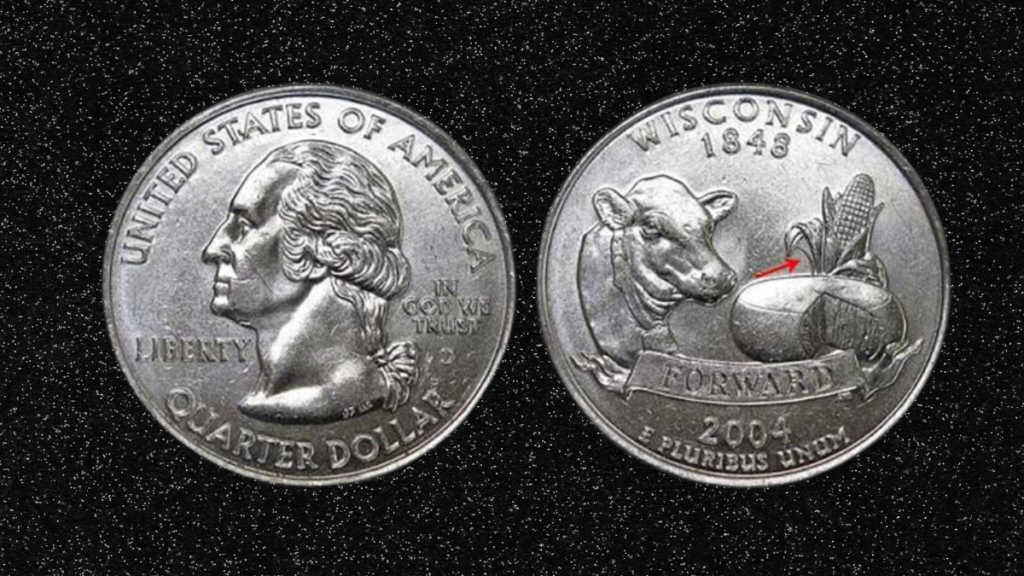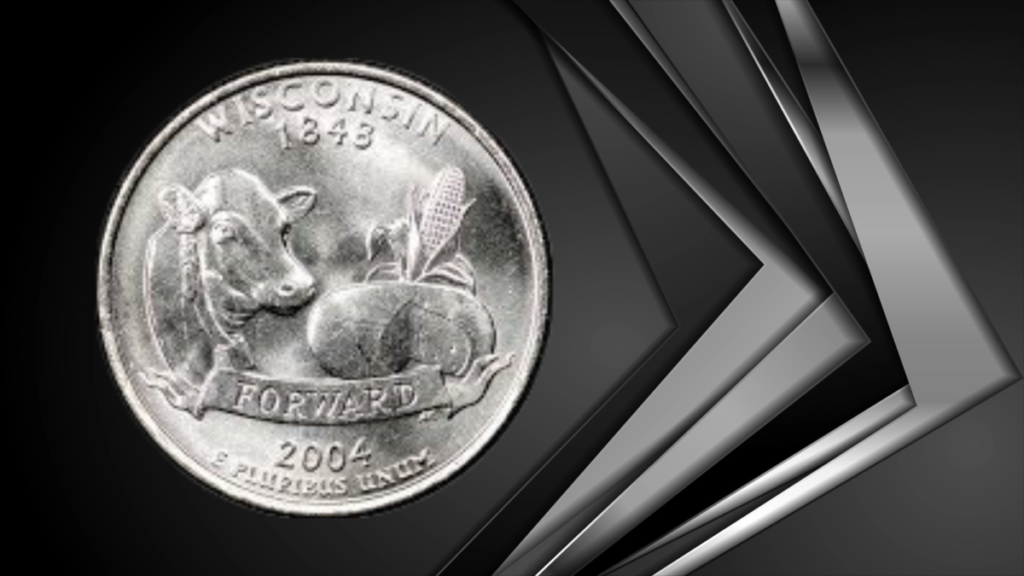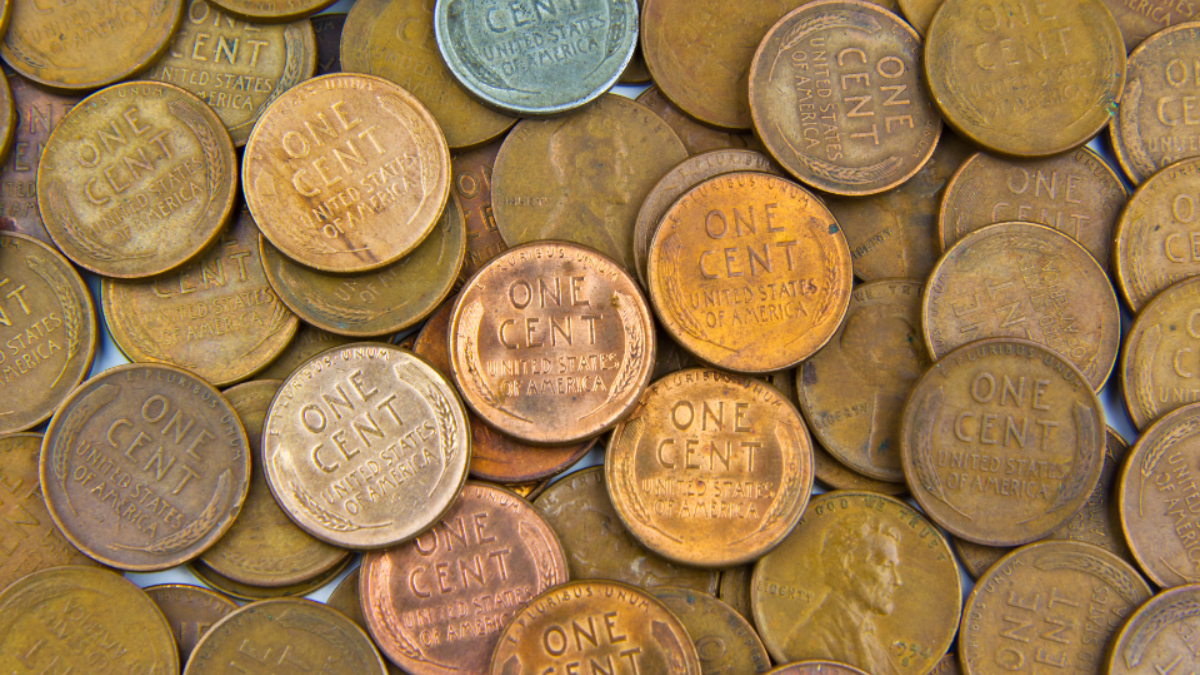Have you ever tossed a state quarter into a vending machine without a second glance? Well, it might be time to reconsider. Some state quarters, with their unique errors, can be worth far more than 25 cents.
In fact, certain mistakes made during the minting process can boost their value significantly, even to thousands of dollars. So before you spend your change, let’s take a look at what makes these coins so special and how you can identify them.
Why State Quarter Errors Are Valuable

State quarters are beloved by collectors for their variety, representing each state with its own unique design. But beyond their collectible appeal, errors during the minting process can make certain quarters extremely valuable.
Mistakes like double stamping or incorrect planchets (coin blanks) can lead to coins that are much more valuable than their standard counterparts. Collectors seek these rarities, which often sell for hundreds or even thousands at auctions.
After 20 Years of Searching, Silver Roman Coin Could Fetch £6,000 at Auction!
Most Valuable State Quarter Errors
Here are some of the most valuable state quarter errors recorded:
| State Quarter Error | Value |
|---|---|
| 2004-D Wisconsin (Extra Leaf Low) | $6,000 |
| 2009-D District of Columbia (Doubled Die Obverse) | $3,055 |
| 2004-D Wisconsin (Extra Leaf High) | $2,530 |
| 1999-P Georgia (Experimental Planchet) | $2,160 |
| 2005-P Minnesota (Doubled Die Reverse) | $660 |
| 2005-S Kansas (Dented Bison) | $288 |
| 1999-D Georgia (Rotated Reverse) | $200 |
| 2007-P Wyoming (Doubled Die Reverse) | $168 |
The Wisconsin Quarter Error: Extra Leaf Low & High

One of the most notable errors is found on the 2004-D Wisconsin state quarter. This coin features a cow, cheese, and an ear of corn. In some versions, there’s an extra leaf on the ear of corn—either positioned low or high.
This error likely occurred due to an accidental push of a tool into the die, leaving an extra “leaf” artifact. Collectors prize these variations, with the low-leaf version fetching up to $6,000 and the high-leaf version selling for $2,530 at auction.
The District of Columbia Quarter: Doubled Die Obverse

Another valuable error comes from the 2009-D District of Columbia quarter. In this case, a double stamp resulted in an “echo” of the image and text on the coin’s heads side, featuring George Washington. This rare mistake can lead to a quarter being worth as much as $3,055.
Experimental Planchet on the Georgia Quarter

The 1999-P Georgia state quarter is unique because it was accidentally struck on an experimental planchet meant for a different coin—the Sacagawea dollar. As a result, these quarters are a different color than normal and incredibly rare, with one selling for $2,160.
Minnesota and Wyoming Quarters: Doubled Die Reverse

Both the 2005-P Minnesota and 2007-P Wyoming quarters feature a doubled die reverse error. For the Minnesota quarter, the mistake creates a shadow on the reverse side’s fishing scene, while the Wyoming quarter shows a shadow on the horse and rider. These coins have sold for $660 and $168 respectively.
Metal Detectorist’s Most Exciting Find Yet: 1,900-Year-Old Coin Could Bring in Thousands!
How to Spot State Quarter Errors
If you’re curious about checking your quarters for errors, here’s what to look for:
- Unusual Colors: If a quarter has a gold tone instead of the usual silver color, it might have been struck on an incorrect planchet.
- Shadows or Doubling: Look for an echo or shadow on the image or text, which could indicate a doubled die.
- Artifacts: Familiarize yourself with the normal design of state quarters. Any extra details, like an additional leaf on the Wisconsin quarter, are signs of a valuable error.
- Misalignment: Flip the quarter over. The heads and tails should line up perfectly. If they don’t, you may have a rotated reverse error.
- Missing Text: If parts of the text are missing, this could be caused by grease between the die and planchet.
- Cracks: Small lines or cracks on the coin could also indicate a die error.
Why Collecting Error Quarters Is Rewarding
Searching for rare error quarters can add excitement to coin collecting. While the majority of state quarters are minted perfectly, those with mistakes are rare treasures. Identifying one of these errors could turn a simple quarter into a valuable collector’s item. So, next time you check your change, take a second look—you might just find a hidden gem.

